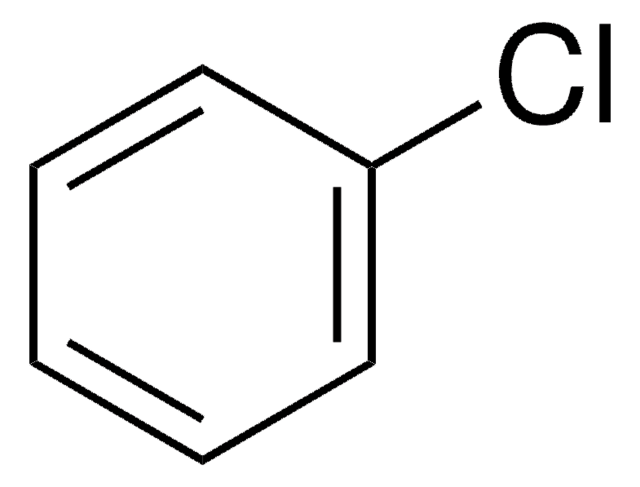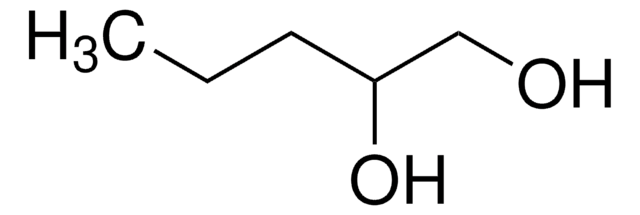322415
Methanol
≥99.8%, anhydrous, suitable for tissue processing
Synonym(s):
Methyl alcohol
About This Item
97.68 mmHg ( 20 °C)
Recommended Products
Product Name
Methanol, anhydrous, 99.8%
grade
anhydrous
Quality Level
vapor density
1.11 (vs air)
vapor pressure
410 mmHg ( 50 °C)
97.68 mmHg ( 20 °C)
Assay
99.8%
form
liquid
autoignition temp.
725 °F
expl. lim.
36 %
technique(s)
tissue processing: suitable
impurities
<0.002% water
<0.005% water (100 mL pkg)
evapn. residue
<0.0003%
refractive index
n20/D 1.329 (lit.)
bp
64.7 °C (lit.)
mp
−98 °C (lit.)
density
0.791 g/mL at 25 °C (lit.)
format
neat
SMILES string
CO
InChI
1S/CH4O/c1-2/h2H,1H3
InChI key
OKKJLVBELUTLKV-UHFFFAOYSA-N
Looking for similar products? Visit Product Comparison Guide
General description
Application
- Used for the synthesis and purification of pyocyanin, spectrophotometric estimation of pyocyanin concentration, and the calculation of pyocyanin molar concentration using spectrophotometer absorption data.
- Used as a component of staining solution used in karyotyping.
- Used as a component of staining solution to stain cell colonies in colony formation assay.
Packaging
Other Notes
Legal Information
also commonly purchased with this product
related product
suggested gloves for splash protection
Signal Word
Danger
Hazard Statements
Precautionary Statements
Hazard Classifications
Acute Tox. 3 Dermal - Acute Tox. 3 Inhalation - Acute Tox. 3 Oral - Flam. Liq. 2 - STOT SE 1
Target Organs
Eyes,Central nervous system
Storage Class Code
3 - Flammable liquids
WGK
WGK 2
Flash Point(F)
49.5 °F - closed cup
Flash Point(C)
9.7 °C - closed cup
Personal Protective Equipment
Choose from one of the most recent versions:
Already Own This Product?
Find documentation for the products that you have recently purchased in the Document Library.
Customers Also Viewed
Our team of scientists has experience in all areas of research including Life Science, Material Science, Chemical Synthesis, Chromatography, Analytical and many others.
Contact Technical Service











